02:22
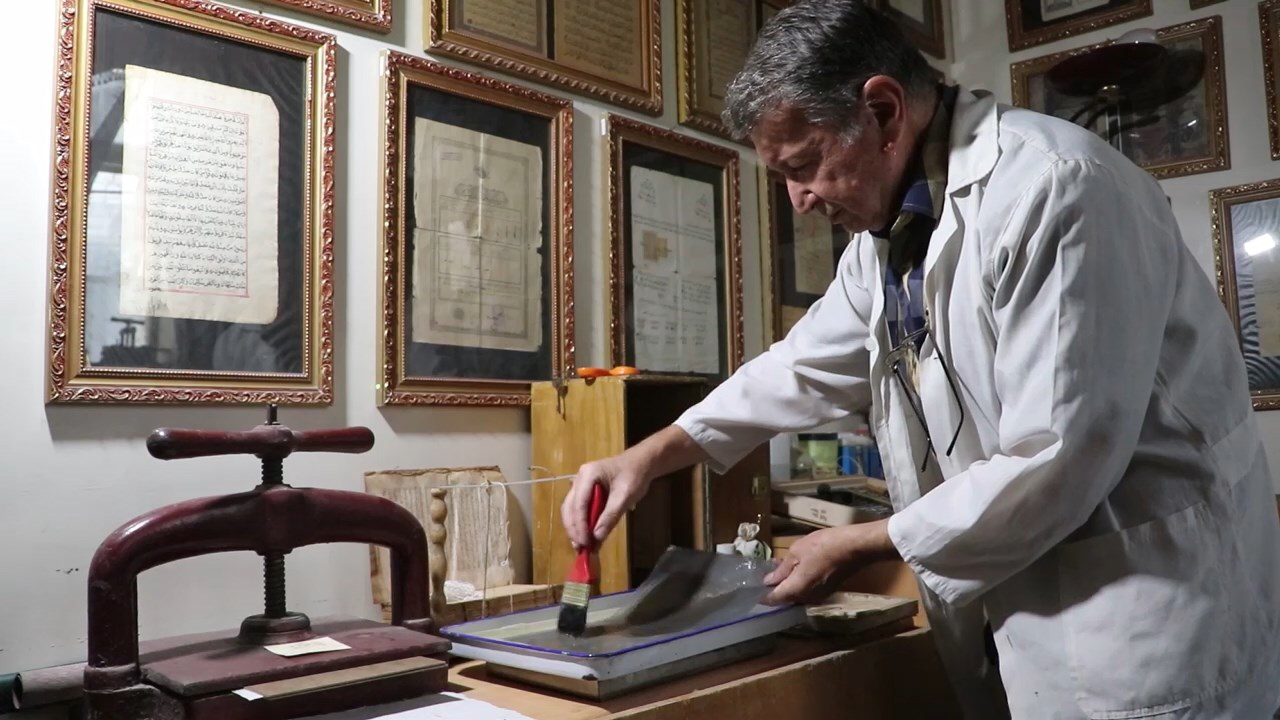
Bab al-Nasr neighborhood in Aleppo, Syria, is famous for its libraries and bookshops. Dr Mohamed Khawatmi, who has restored old books and taken care of manuscripts for 50 years, was raised there.
"I was surrounded by libraries, so I used to visit them and help them (librarians) restore and manufacture papers, notebooks, and print books," Khawatmi said. He also reads the books and manuscripts that he works on.
Despite his profession as a veterinarian, he is a passionate collector of rare manuscripts. The old city of Aleppo is rich with such documents due to its history. The city witnessed several civilizations, such as Hittite, Aramaic, Assyrian, Persian, Hellenistic, Roman, Byzantine and Islamic.
Khawatmi has turned his house in Aleppo into a small museum, which explains further his passion.
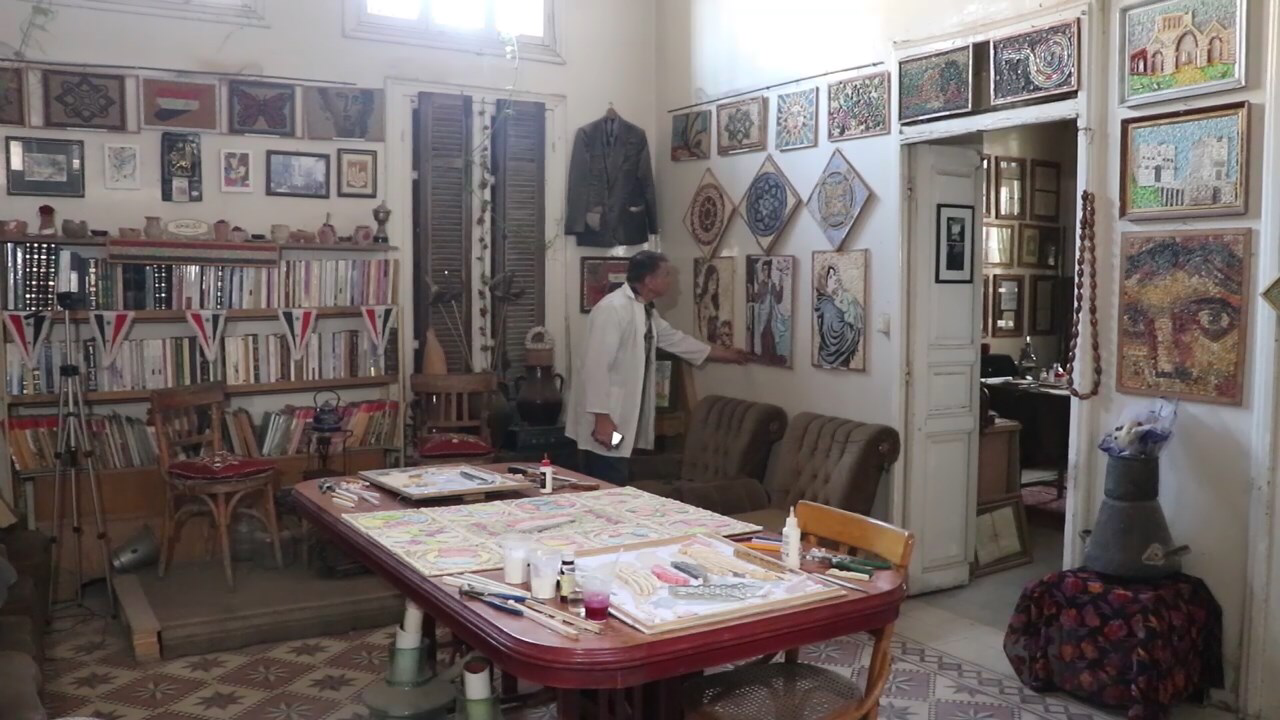
Mohamed Khawatmi's collection at his house in the old city of Aleppo, Syria, October 30, 2021. /CGTN
Mohamed Khawatmi's collection at his house in the old city of Aleppo, Syria, October 30, 2021. /CGTN
Khawatmi said there are abundant historical documents in the ancient city of Aleppo, "but people are not aware of their value, so they got ignored and lost."
Some of the documents he has saved date back to the Ottoman Empire, which ruled Syria from 1516 after the Marj Dabiq battle against Mamelukes to 1916. That was the last period in which historical documents were collected.
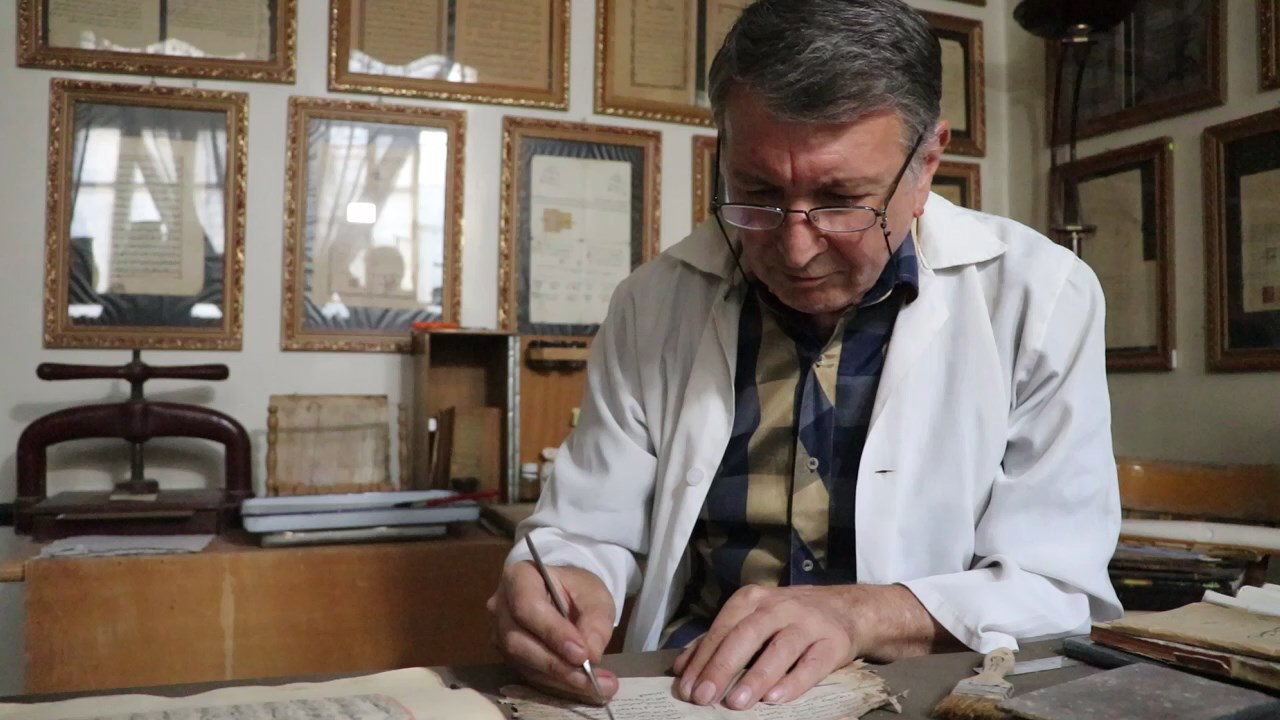
Mohamed Khawatmi safeguards Aleppo's heritage of manuscripts and mosaics, Syria, October 30, 2021. /CGTN
Mohamed Khawatmi safeguards Aleppo's heritage of manuscripts and mosaics, Syria, October 30, 2021. /CGTN
Mosaic art, which Syria is famous for, is also among the interests of Khawatmi, who describes the country as "the land of mosaics." He has been collecting mosaic pieces that tell stories and document several historical periods in Syrian civilization.
"Nobody knew how mosaic art is made even though the floors of the churches in the forgotten cities were made of it," said Khawatmi. "A large part of these are pieces that were lost or moved to museums of Maarat al-Numan, Shahba and Qanawat. Some of them date back to the fourth and fifth centuries. They are historical documents, and I believe in reviving our history and heritage in a modern way.”
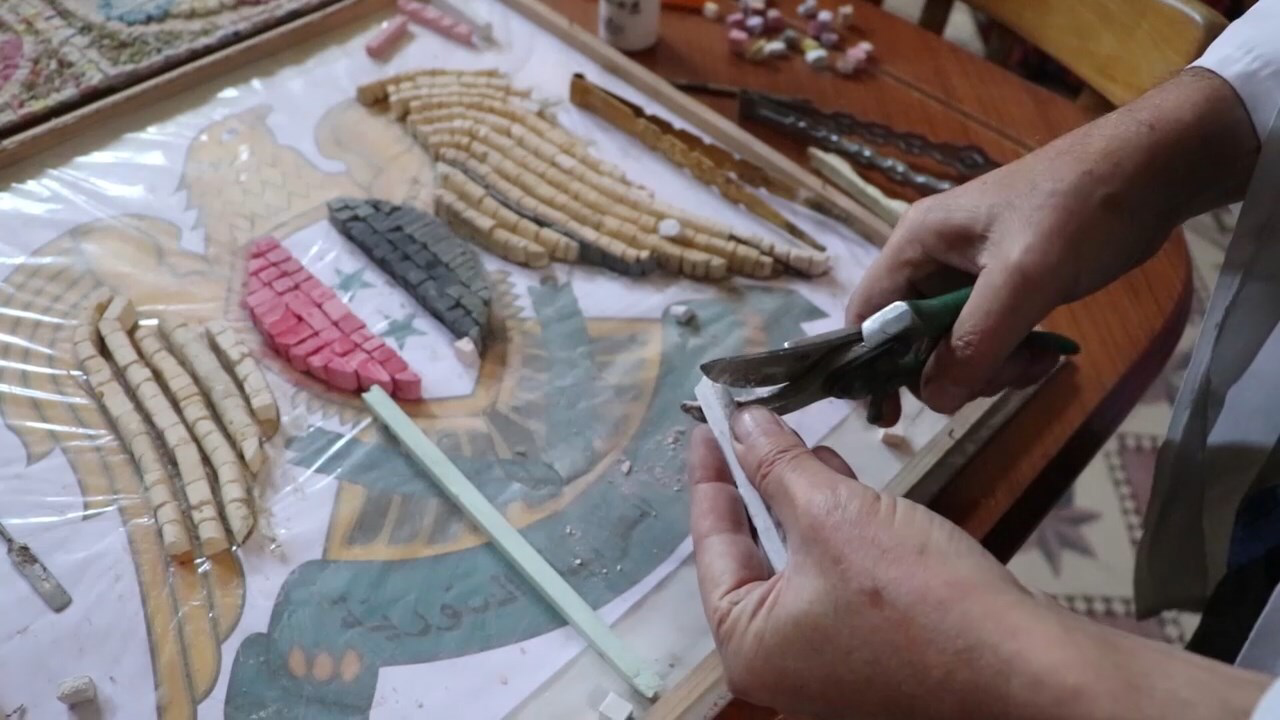
Mohamed Khawatmi forms a mosaic panel using cement and gypsum stone pens in Aleppo, Syria, October 30, 2021. /CGTN
Mohamed Khawatmi forms a mosaic panel using cement and gypsum stone pens in Aleppo, Syria, October 30, 2021. /CGTN
Khawatmi invented and formed the mosaic panels depending on his self-invented cement and gypsum stone pens that are strong, durable and easy to color in.
He participated in many courses and workshops on restoring the documents with the UNESCO and Matenadaran Institute in Yerevan, Armenia's capital, to maintain his profession, and has been considered as an expert.
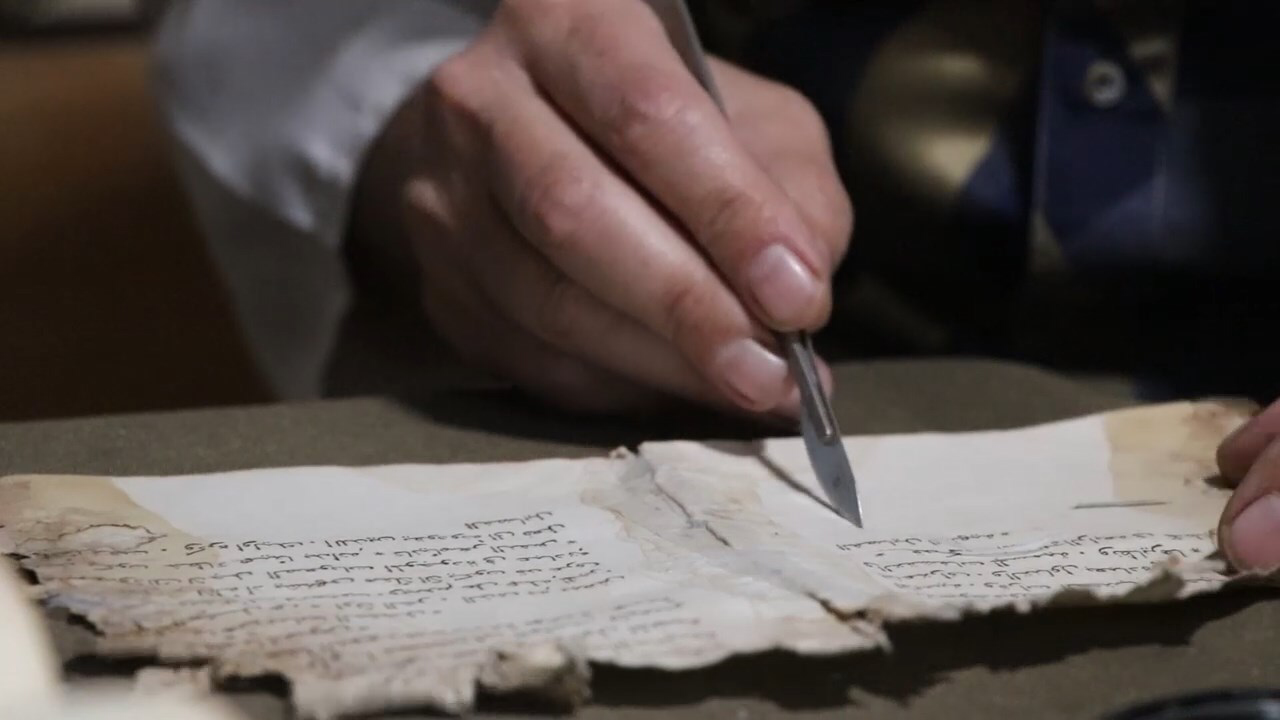
Mohamed Khawatmi shows how he restores manuscripts and saves them in Aleppo, Syria, October 30, 2021. /CGTN
Mohamed Khawatmi shows how he restores manuscripts and saves them in Aleppo, Syria, October 30, 2021. /CGTN
He has also formed a small workshop to restore books and has taught new generations since 2018. These workshops are attended by fine arts students. They work on forming panels that reflect the history of Aleppo, its markets and the life of the community there.

